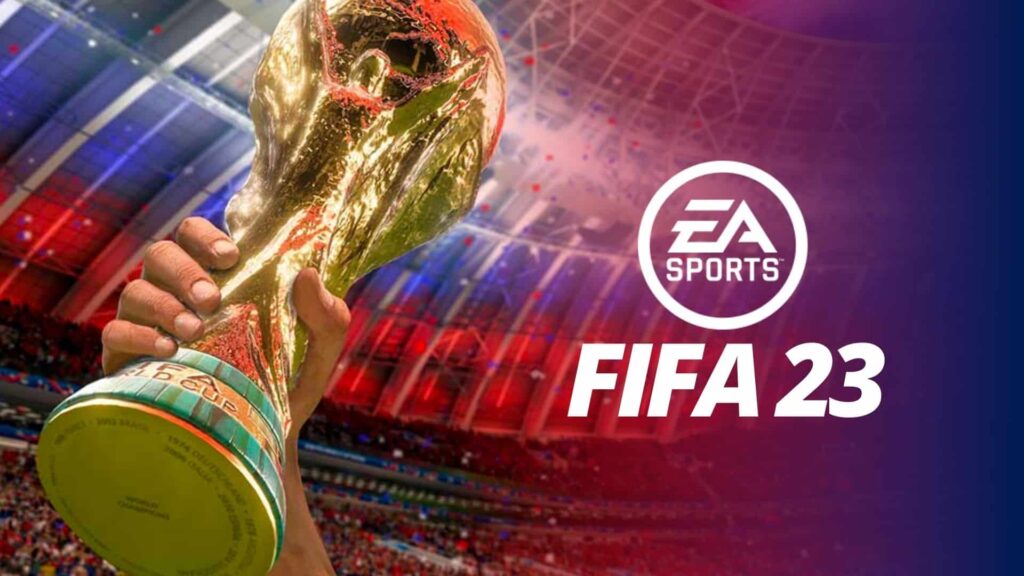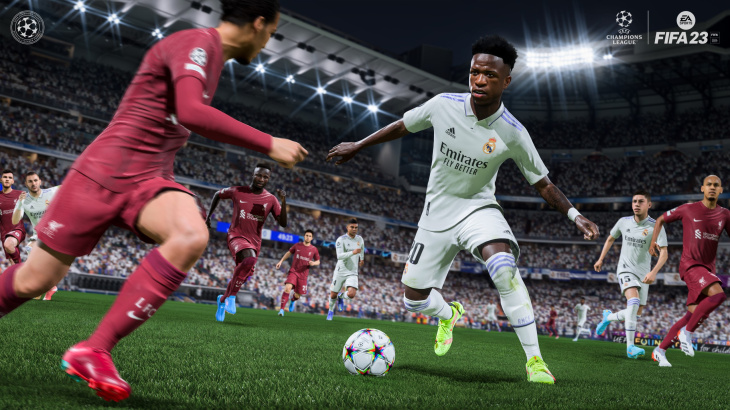FIFA 23, the latest installment in EA Sports’ flagship football simulation series, continues to push the boundaries of realism and immersion. One of the most significant advancements in this iteration is the enhancement of player movement mechanics, aiming to replicate real-life football dynamics with unprecedented accuracy. This article delves deep into the specifics of FIFA 23’s player movement realism, examining the technology behind it, its impact on gameplay, and the player experience.
1. Evolution of Player Animation: From Motion Capture to Realism
FIFA 23 leverages advanced motion capture technology to revolutionize player animations.
Motion Capture Technology
Motion capture processes capture intricate details of player movements for lifelike animations.
- High-Fidelity Sensors: Sensors capture every nuance of player motion, from running to dribbling.
- Actor Performance: Professional footballers’ performances translate directly into game animations.
- Animation Processing: Real-time processing ensures smooth transitions and realistic behaviors.
Enhanced Animation Realism
The focus on animation realism enhances immersion and gameplay authenticity.
- Fluid Movement: Players move realistically with improved biomechanics and physical interactions.
- Gesture Recognition: Detailed hand and body gestures add authenticity to player reactions.
- Contextual Animations: Adaptive animations respond to on-field situations, enhancing realism.
2. Impact on Gameplay Dynamics: Tactical and Strategic Depth
Realistic player movement in FIFA 23 introduces new tactical possibilities and challenges.
Tactical Depth
Realistic movement mechanics influence strategic gameplay decisions and player positioning.
- Player Responsiveness: Improved controls translate player intentions more accurately.
- Positioning Awareness: AI and player-controlled characters react dynamically to game situations.
- Tactical Adaptation: Strategic adjustments in real-time based on realistic player movement patterns.
Physical Interactions and Ball Control
Enhanced player animations affect ball control, dribbling, and physical duels on the pitch.
- Ball Physics: Realistic ball physics simulate trajectory, spin, and bounce, affecting gameplay outcomes.
- Dribbling Mechanics: Precise dribbling techniques incorporate nuanced player movements.
- Physical Battles: Stronger emphasis on player strength, balance, and physicality in duels.
3. Technical Innovations: AI Intelligence and Adaptability
FIFA 23 introduces advancements in AI intelligence to complement enhanced player movements.
Adaptive AI Behavior
AI-controlled teammates and opponents demonstrate improved decision-making and strategic awareness.
- Smart Positioning: AI adapts to gameplay scenarios with context-sensitive positioning.
- Game Awareness: Enhanced AI awareness of player actions and movement patterns.
- Team Cohesion: Improved AI teamwork and coordination on both offensive and defensive fronts.
Defensive Strategies and Pressing
AI-driven defensive strategies are refined to counteract realistic offensive movements.
- Pressing Tactics: AI employs dynamic pressing tactics based on player positioning and ball movement.
- Interception Skills: AI-controlled defenders anticipate passes and interceptions more effectively.
- Defensive Depth: Team shape and defensive strategies adjust dynamically to opponent attacks.
4. Player Experience and Immersion: Engaging Gameplay Realism
Realistic player movements enhance immersion, creating a more engaging gameplay experience.
Immersive Gameplay Elements
Players are immersed in the game through realistic animations and responsive controls.
- Player Emotions: Emotive animations convey player frustrations, celebrations, and interactions.
- Crowd Reaction: Dynamic crowd responses to on-field actions amplify stadium atmosphere.
- Broadcast Quality: TV-style presentation with commentary, replays, and match analysis.
Visual and Audio Enhancements
Enhanced visuals and audio elements complement realistic player movements for heightened realism.
- Stadium Atmosphere: Detailed stadium environments with weather effects and day-night transitions.
- Sound Design: Authentic crowd chants, player shouts, and referee calls enrich the auditory experience.
- Visual Fidelity: High-definition graphics and lighting effects enhance visual realism on all platforms.
5. Community Feedback and Developer Response: Iterative Improvements
Continuous feedback from the FIFA community drives iterative improvements in player movement realism.
Player Feedback Channels
Direct player feedback channels influence ongoing game development and updates.
- Community Forums: Active discussions on gameplay mechanics, including player movements.
- Feedback Surveys: Surveys gather player insights and preferences for future updates.
- Developer Engagement: Transparent communication and responsiveness to community input.
Update Cycles and Patch Releases
Regular updates and patches address gameplay issues, enhance realism, and optimize player movements.
- Bug Fixes: Addressing animation glitches, AI behavior inconsistencies, and gameplay balance.
- Feature Enhancements: Introducing new animation sets, player animations, and movement mechanics.
- Balancing Adjustments: Fine-tuning player attributes, physical interactions, and ball physics based on community feedback.
Conclusion
FIFA 23’s commitment to realistic player movement mechanics marks a significant leap forward in football gaming. By leveraging advanced motion capture technology and refining AI intelligence, EA Sports has created a game that not only looks and feels authentic but also offers new strategic depths and challenges. Whether you’re navigating tactical gameplay scenarios or experiencing immersive stadium atmospheres, FIFA 23’s enhanced player movements redefine the boundaries of virtual football. As EA Sports continues to listen to player feedback and innovate, FIFA 23 stands as a testament to the franchise’s dedication to delivering unparalleled gaming experiences.





